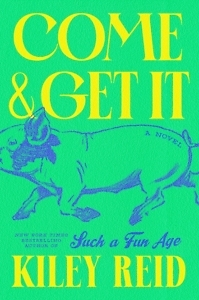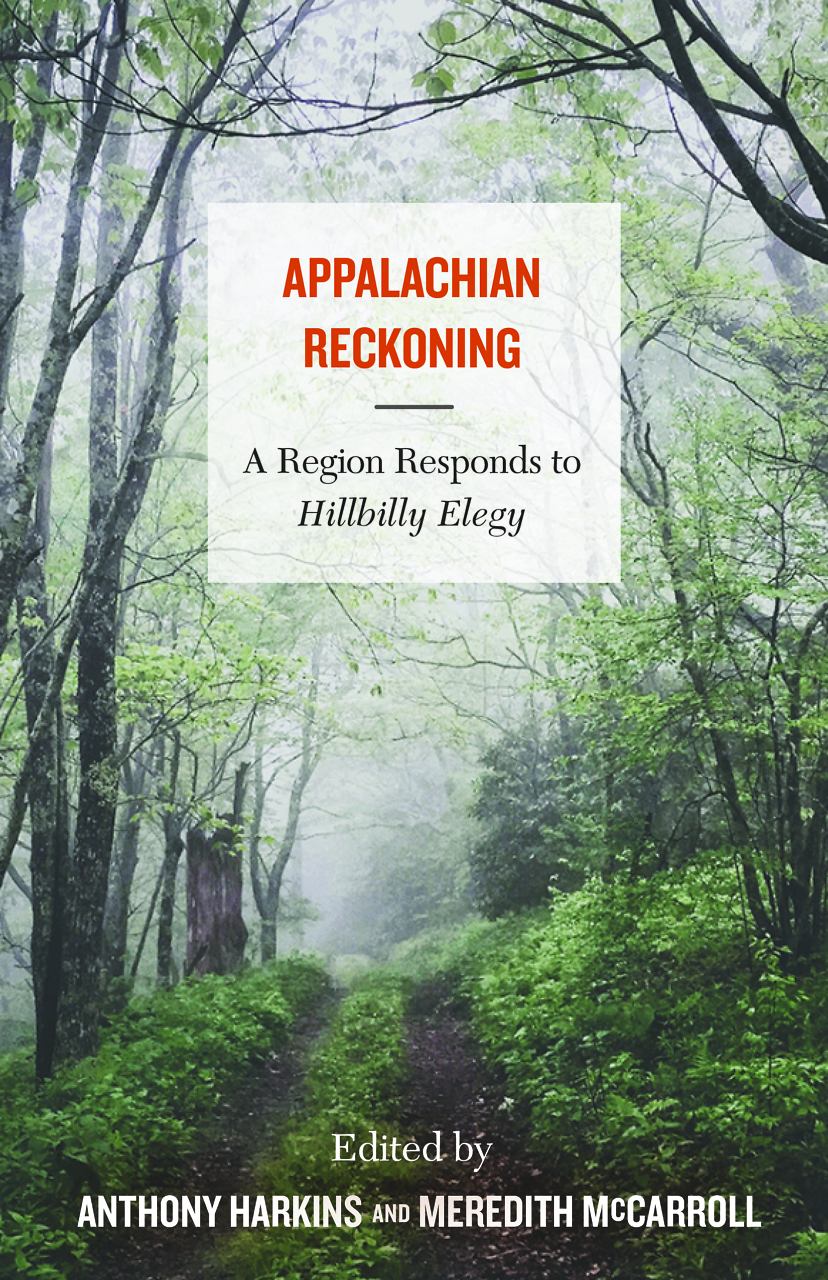How to Be a Person
In Come and Get It, Kiley Reid’s college characters tackle life’s big questions
The title of Kiley Reid’s new novel, Come and Get It, sounds like a slogan for a college’s marketing campaign. One imagines a video montage of students at the University of Arkansas, where Reid’s novel is set, at work and play, in science labs and athletic fields, ending with “Come and Get It” displayed in Razorback red. As Reid’s characters discover, though, reaching goals requires leaping obstacles and eluding pitfalls, many of them of one’s own making.

Come and Get It, set in 2017, focuses on two women who are eager to grasp new opportunities. Agatha Paul, a 38-year-old writer and teacher from Chicago, comes to Fayetteville as a visiting professor, hoping the change of scenery will inspire a new book project and help her gain clarity about her separation from Robin, a dancer whose self-absorption has lost its charm. On campus, Agatha meets Millie Cousins, a mature senior and dorm RA who has returned to college after taking a year off to care for her ailing mother. In one eventful semester, as Agatha’s and Millie’s lives intertwine, they both learn, often painfully, who they want to become.
Reid’s characters shimmer with distinct voices and personalities; just as importantly, they are embodied with clearly delineated physiques. Over the past year, Millie has lost weight and joined a gym, creating “a negative space … around her midline and waist.” Her newly toned shape increases her confidence. “She felt as if her body had gotten its braces off. Like she’d reentered a room after a deep clean.”
Agatha is model-tall but doesn’t think of herself as beautiful. “Agatha considered her body too tall for most and her face just fine for some,” Reid writes. “She was six-one, had been that way since she was sixteen, and she looked like any of the redheaded celebrities when their names were put into search engines with grocery store or no makeup.” Millie feels herself drawn to Agatha; she’s also attracted to her dorm’s residential director Josh, one of the few other Black staff members, who has benefitted from his own gym regimen. “His arms made him look the ideal person to find and ask to open a jar of anything,” Millie thinks.
The third-person narrator, whose attention rotates among several characters, pays special attention to clothes and style as indexes of personality. Kennedy, a junior transfer from Iowa, looks as if she’s trying too hard. Kennedy’s “entire vibe was all a bit overkill for move-in day,” Millie observes. “Yellow polo dress, French tips, loose sausage curls. But Millie wasn’t worried. Kennedy would learn. By fall, she’d be a bit more natural, opening the door in T-shirts and Birks.” Sweatshirts convey significance, eyeshadow signals mood, and hairstyles announce intentions — the placement of a ponytail makes all the difference.
 Beneath the bodies and brands, the coiffures and scents, lies Reid’s abiding interest in her characters’ inner states, which comprise 31 flavors of insecurity. Kennedy in particular is plagued by self-doubt. “She didn’t trust her own feelings toward so many things, like whether she seemed weird or if she’d taken too long to speak. Or if someone seemed cool because they were, or if she was just a lonely freak loser,” Reid writes. Kennedy panics when it’s “seven fifty p.m., with an event starting at eight. … Ten minutes was never enough time to figure out how to be a person.”
Beneath the bodies and brands, the coiffures and scents, lies Reid’s abiding interest in her characters’ inner states, which comprise 31 flavors of insecurity. Kennedy in particular is plagued by self-doubt. “She didn’t trust her own feelings toward so many things, like whether she seemed weird or if she’d taken too long to speak. Or if someone seemed cool because they were, or if she was just a lonely freak loser,” Reid writes. Kennedy panics when it’s “seven fifty p.m., with an event starting at eight. … Ten minutes was never enough time to figure out how to be a person.”
Through this ensemble cast, Reid, author of Such a Fun Age (2020), captures the campus zeitgeist of 2017, which in her treatment, refreshingly, does not revolve around the new U.S. president, #metoo, or social-justice movements. These characters navigate questions of identity and sexuality and curate public personae with pop music and tasteful skirts. Overwhelmingly, they care about money: who has it, where they get it, how to acquire more. Agatha begins writing profiles of Millie’s dormmates for Teen Vogue; in her online pieces, called Fun Money, Agatha details these women’s cushy allowances and indulgent expenses.
Agatha, who appreciates bourgeois comforts, is sympathetic to college students’ burgeoning materialism. One character squirrels away money so that next year she can live off-campus and buy herself a Labrador retriever, whom she plans to call Navy. More ambitious is Millie’s desire to buy a house, an anomalous quest for a generation squeezed out of the housing market but a near-obsession for Millie. “Instead of social media apps, she was always on Zillow.”
The plot of Come and Get It builds slowly, with long episodes given to dialogue where characters joke, cajole, debate, and wound. Notably, though Reid’s Black characters are aware of the racism that pervades their mostly white milieu, the novel treats the issue with a light touch. Reid’s message is that, in this place and time, young people of all colors have the power, for better or worse, to determine their own fates.

Sean Kinch grew up in Austin and attended Stanford. He earned a Ph.D. from the University of Texas. He now teaches English at Montgomery Bell Academy in Nashville.


